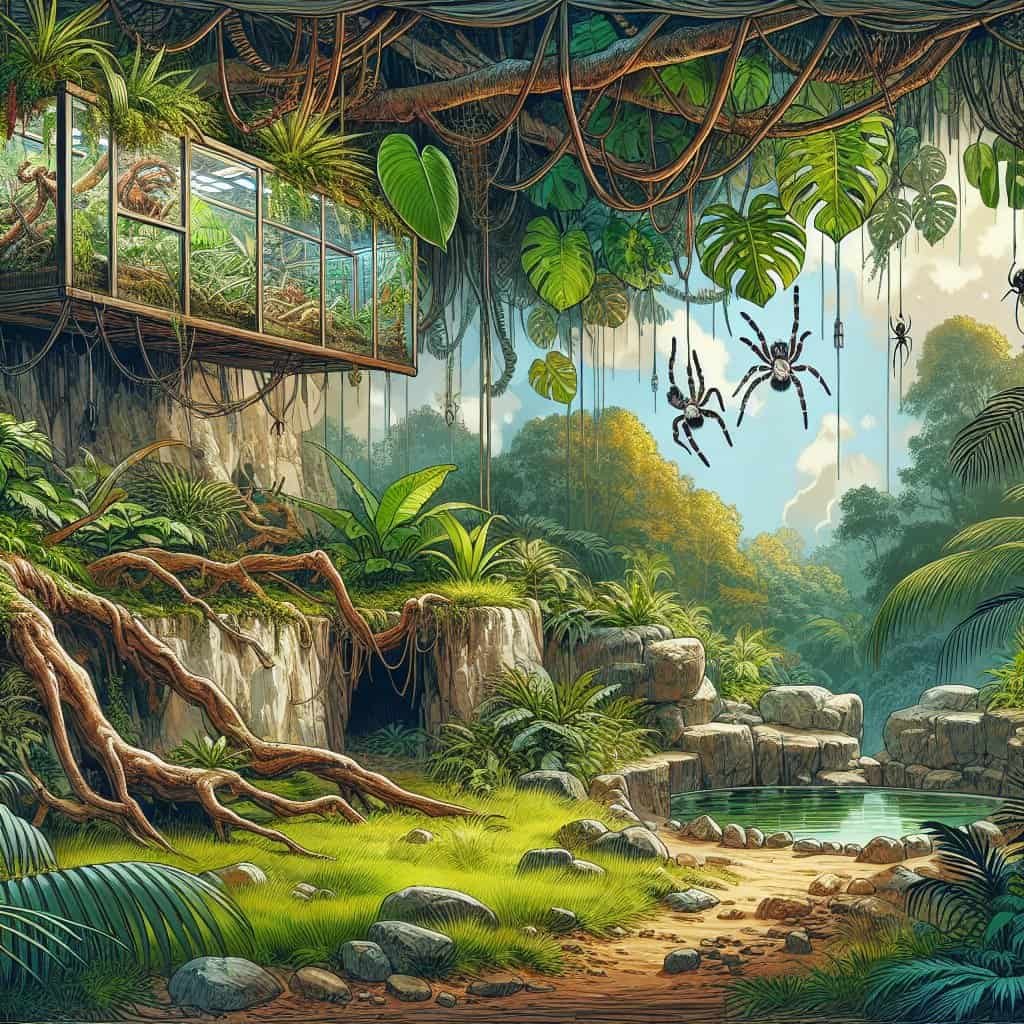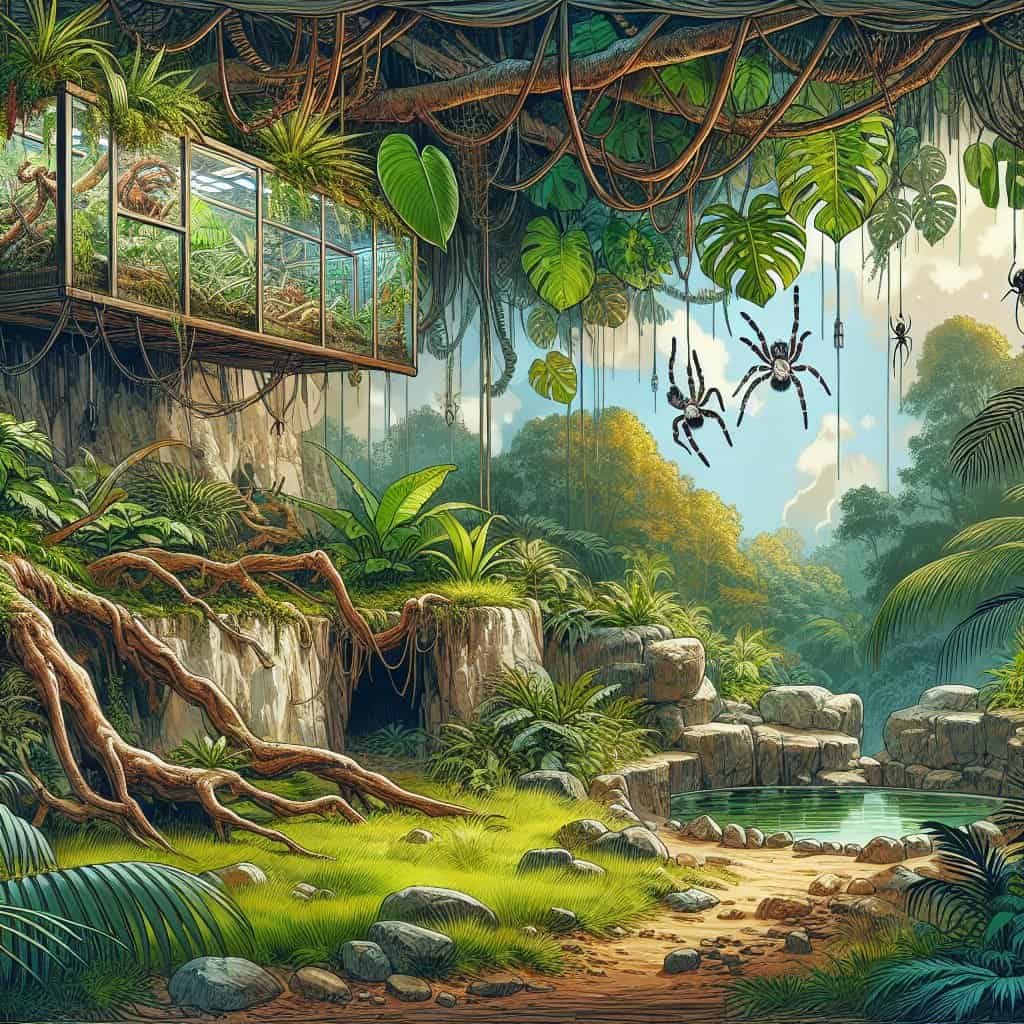So, you’re interested in creating a suitable environment for the Brazilian wandering spider in captivity? You’ve come to the right place! In this article, we’ll explore all the necessary elements you need to consider in order to provide the perfect home for these fascinating creatures. From temperature and humidity levels to proper substrate and hiding spots, we’ll guide you through the essentials of setting up an ideal habitat for the Brazilian wandering spider. So, let’s get started on this exciting journey of spider care and learn how to make your spider feel right at home!
Housing and Enclosure
Selecting the Right Size Enclosure
When it comes to housing the Brazilian wandering spider in captivity, selecting the right size enclosure is crucial. These spiders require ample space to move and explore. Their enclosure should be large enough to accommodate their size and provide them with enough room to move around comfortably. It is recommended to choose a terrarium that is at least three times the leg span of the spider to ensure they have enough space.
Providing Adequate Space
Along with choosing the right size enclosure, it is essential to provide adequate space within the enclosure. Brazilian wandering spiders are active spiders that require room to climb and crawl. Including branches, logs, or other vertical structures within the enclosure can provide them with opportunities to climb and explore. Ensuring that there is enough space for the spider to stretch out its legs and move freely is essential for their overall well-being and mental stimulation.
Choosing the Right Substrate
The choice of substrate is crucial for creating a suitable environment for the Brazilian wandering spider. It is recommended to use a substrate that mimics their natural habitat, such as a mix of soil, coconut fiber, and sphagnum moss. This substrate should provide sufficient moisture retention while allowing for proper drainage. Avoid using substrates that are too moist or prone to molding, as excessive moisture can be harmful to the spider’s health.
Creating Hiding Places
Spider species, including the Brazilian wandering spider, often require hiding places within their enclosure to feel secure. Providing suitable hiding places can help reduce stress and promote natural behaviors. You can create hiding spots by adding various decorations such as cork bark, artificial plants, or pieces of driftwood. These hiding places should be placed strategically throughout the enclosure to offer the spider multiple options for seeking shelter.
Temperature and Humidity
Maintaining Optimal Temperature
Maintaining optimal temperature levels is essential for the well-being of Brazilian wandering spiders. They thrive in warm temperatures ranging from 75°F to 85°F (24°C to 29°C). To achieve and maintain these temperatures, you can use a heat mat or heat lamp placed outside the enclosure. It is crucial to monitor the temperature regularly using a reliable thermometer to ensure it remains within the optimal range.
Establishing Appropriate Humidity Levels
Brazilian wandering spiders require specific humidity levels to mimic their natural habitat. Aim for a humidity level ranging between 60% and 80% within the enclosure. You can achieve this by regularly misting the enclosure with dechlorinated water. Additionally, placing a shallow dish of water within the enclosure can provide a humidity source. Monitor the humidity levels using a hygrometer and make adjustments as needed to maintain the appropriate range.
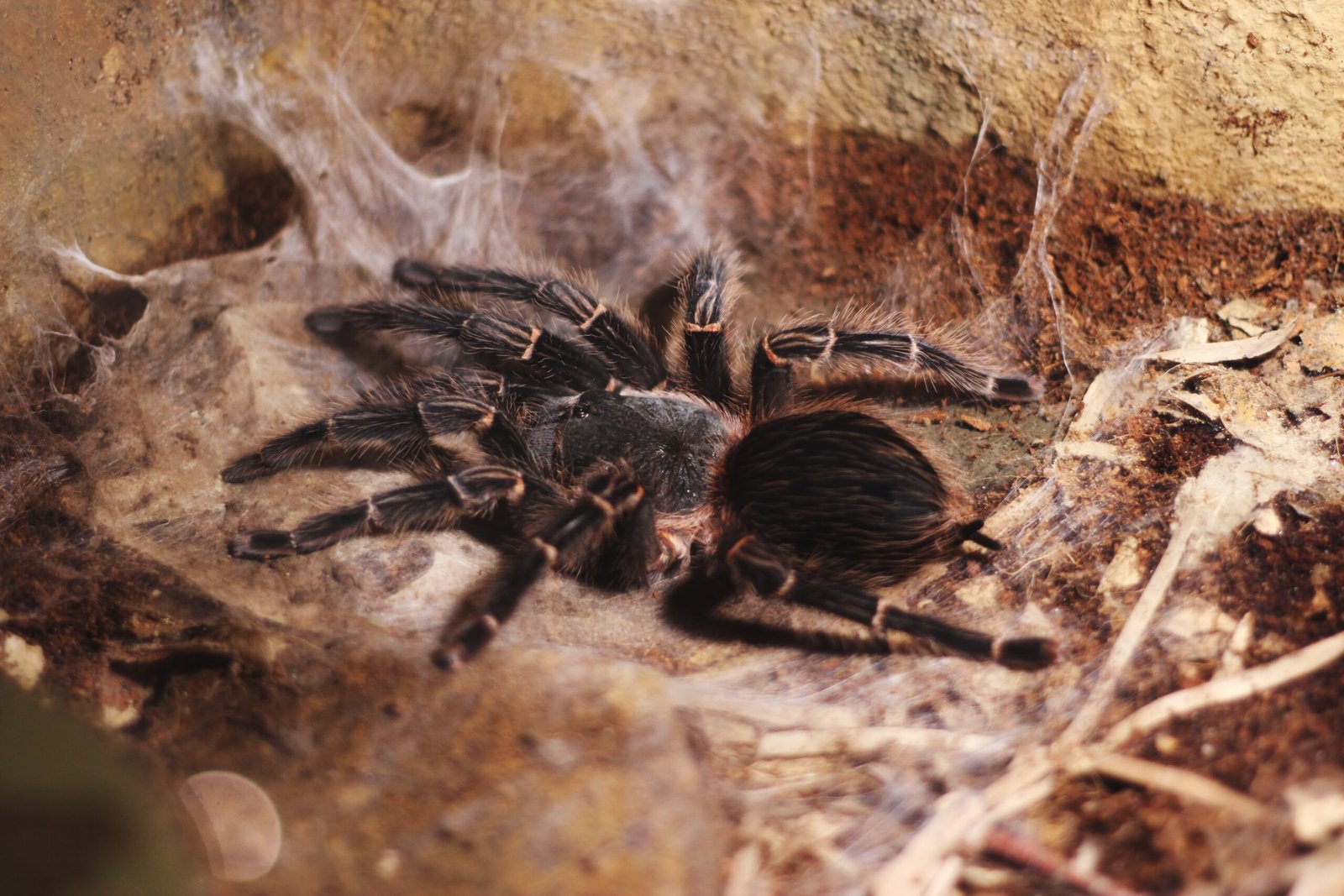
Lighting
Providing Natural or Artificial Lighting
Lighting plays a crucial role in creating a suitable environment for the Brazilian wandering spider. While these spiders do not require UVB lighting like reptiles, they do benefit from a regular light cycle. Provide a consistent source of light, either natural or artificial, for approximately 10-12 hours a day. This will help establish a proper day and night schedule, which is important for their overall well-being.
Establishing Light-Dark Cycles
To provide a suitable light-dark cycle for the spider, establish regular day and night periods. Use a timer to ensure consistent and reliable light cycles. Mimicking their natural habitat, provide 10-12 hours of light followed by 12-14 hours of darkness. This pattern helps regulate the spider’s internal clock, promoting healthy activity levels and natural behaviors.
Ventilation
Ensuring Proper Airflow
Maintaining proper airflow within the enclosure is vital for the Brazilian wandering spider’s health. Good airflow helps prevent the accumulation of stale air and excessive humidity, reducing the risk of mold or bacterial growth. To ensure proper ventilation, make sure the enclosure has adequate ventilation holes or vents. These openings should be small enough to prevent escapes but large enough to allow for proper air exchange.
Preventing Excessive Moisture Build-up
While humidity is important for the Brazilian wandering spider, excessive moisture can be detrimental. It can create an environment prone to mold, bacterial growth, and respiratory problems. To mitigate excessive moisture, avoid over-misting the enclosure. Ensure proper ventilation and regularly monitor the humidity levels using a hygrometer. If necessary, increase the airflow or adjust the humidity source to prevent moisture build-up.
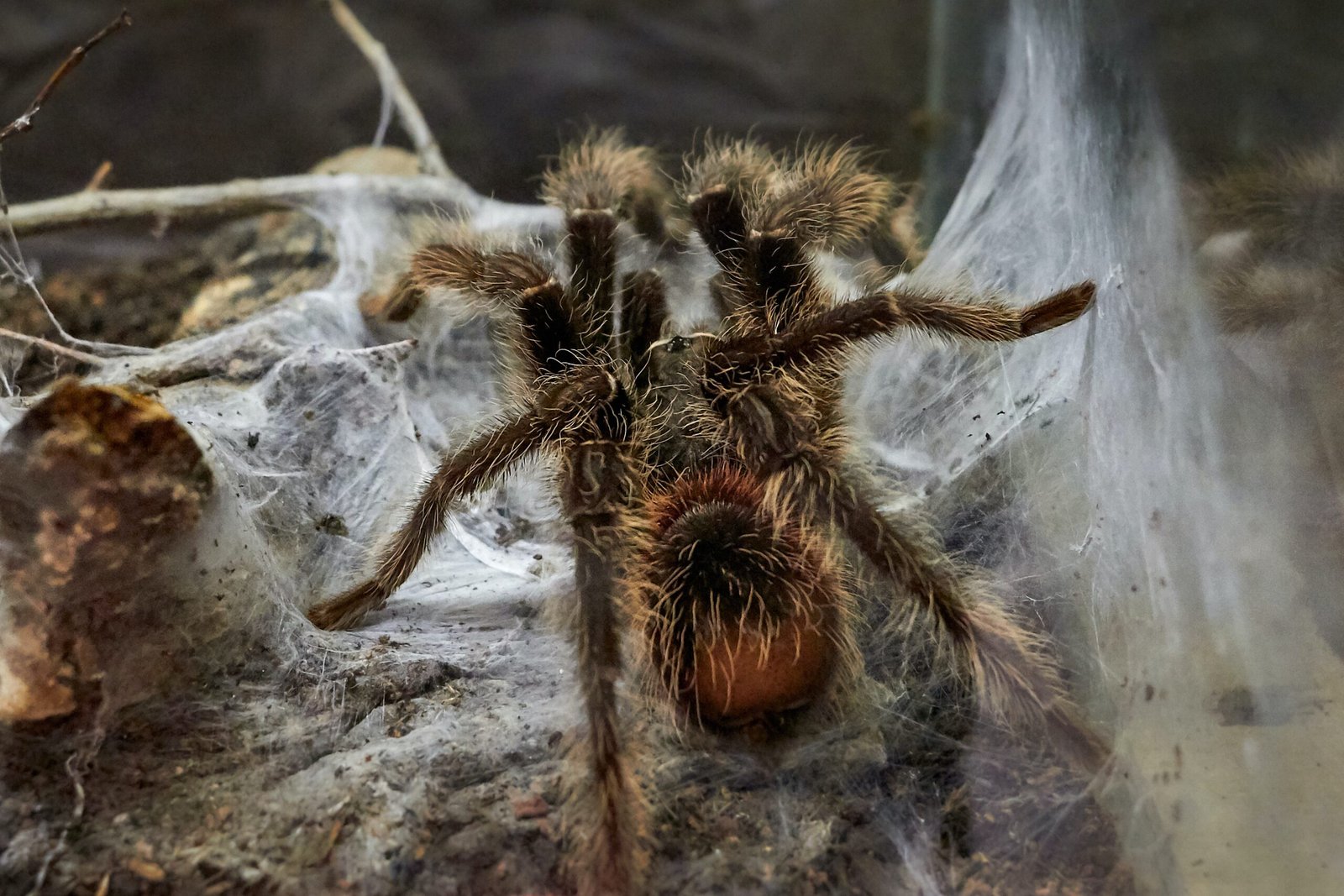
Feeding and Diet
Understanding the Spider’s Predatory Nature
As predators, Brazilian wandering spiders require a diet consisting of live prey. Their natural diet primarily consists of insects, such as crickets, locusts, and cockroaches. It is important to provide appropriate-sized prey that matches the spider’s size. Captive-bred prey is recommended as they are free of pesticides and parasites that can harm the spider.
Offering a Varied Diet
To promote a healthy diet, it is advisable to offer a varied selection of prey. This ensures that the spider receives a range of nutrients and minimizes the risk of nutritional deficiencies. Along with the primary diet of insects, you may also consider adding other prey options like mealworms or small feeder mice, depending on the spider’s size and dietary requirements.
Maintaining a Proper Feeding Schedule
Establishing a regular feeding schedule is essential for the Brazilian wandering spider’s health and well-being. Adult spiders should be offered food once every week or every other week, depending on their individual metabolism and appetite. Juvenile spiders may require more frequent feedings. Always monitor the spider’s body condition and adjust the feeding frequency accordingly to prevent overfeeding or underfeeding.
Water Requirements
Providing a Suitable Water Source
Like any living creature, Brazilian wandering spiders require access to clean water. Provide a shallow dish of water within the enclosure, ensuring it is filled with dechlorinated water. The shallow dish should be small enough to prevent the spider from drowning but large enough for it to drink from. Check the water dish daily and replenish as needed.
Misting or Spraying the Enclosure
In addition to a water dish, periodic misting or spraying the enclosure with dechlorinated water is beneficial. This helps maintain humidity levels and provides the spider with an additional water source for drinking or maintaining moisture on its body. Avoid excessive misting, as it can lead to excessive moisture build-up, which may be harmful to the spider’s health.
Preventing Excessive Moisture
While water is essential, it is important to prevent excessive moisture within the enclosure. Excessive moisture can lead to mold growth, respiratory issues, or skin problems. Monitor the humidity levels and avoid over-misting or oversaturating the substrate. Proper ventilation and regular substrate checks can help prevent excessive moisture and ensure a healthier enclosure.
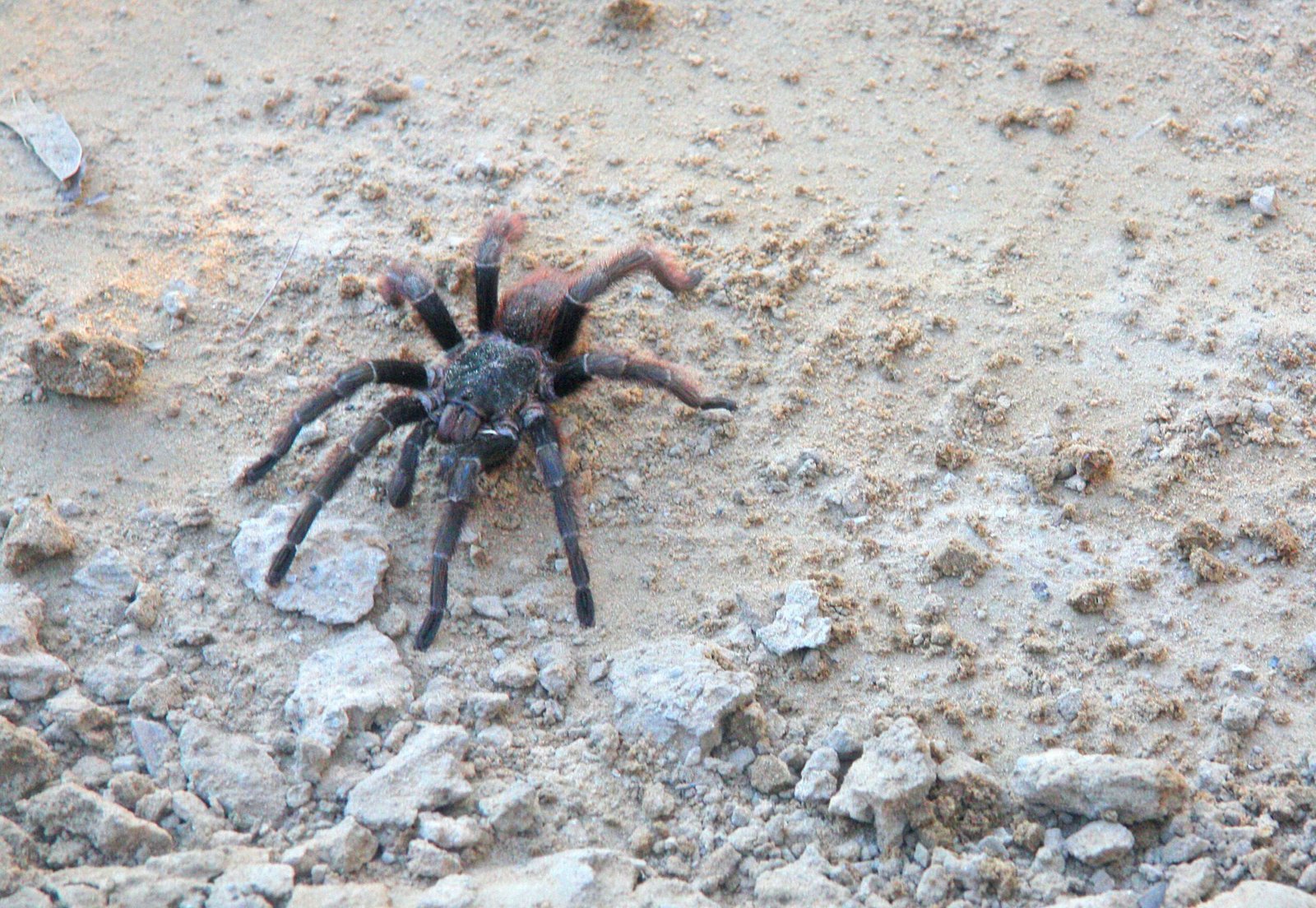
Handling and Safety Measures
Avoiding Handling Unless Necessary
Handling the Brazilian wandering spider should be avoided unless necessary. These spiders have venomous bites, and handling them can be risky for both the spider and the handler. It is best to observe and enjoy them from a safe distance. However, if handling is required for maintenance purposes or relocation, it is essential to follow proper handling techniques and consider using appropriate safety gear.
Using Proper Handling Techniques
If handling is necessary, it is crucial to use proper handling techniques to minimize the risk of bites or injuries. Always use a suitable container or catch cup to gently guide the spider into a temporary holding area. Avoid direct contact with the spider and never handle it with bare hands. Use long-handled tweezers or other suitable tools to ensure a safe and controlled handling experience.
Wearing Protective Gear
When handling the Brazilian wandering spider, wearing protective gear is strongly recommended. This includes gloves, long-sleeved clothing, and even a face shield if necessary. While these spiders tend to be defensive rather than aggressive, it is better to be safe and protected in case of unexpected reactions or accidents. Your safety should always be a priority when handling potentially venomous creatures.
Cleaning and Maintenance
Regularly Removing Waste and Contamination
Regular cleaning and waste removal are essential for maintaining a healthy environment for the Brazilian wandering spider. Remove any uneaten prey items, molted exoskeletons, or other organic waste promptly. Spot-clean the enclosure as needed to remove any feces or contaminations. Regularly replace or clean the water dish to ensure a fresh and clean water source.
Sanitizing the Enclosure
Periodically sanitizing the enclosure is important for preventing the growth of harmful bacteria or mites. Use a reptile-safe disinfectant to clean the enclosure thoroughly, including all surfaces, decorations, and hiding places. Rinse everything carefully and allow the enclosure to dry completely before reintroducing the spider. Always follow the instructions and safety precautions provided by the disinfectant manufacturer.
Inspecting for Signs of Infestation or Illness
Regular inspections are necessary to identify any signs of infestation or illness in the Brazilian wandering spider. Look for signs of mites, mold growth, or abnormal behavior. Monitor the spider’s feeding response, overall activity level, and physical appearance. If any concerns arise, consult with a qualified exotic veterinarian or arachnid specialist to address the issue promptly.
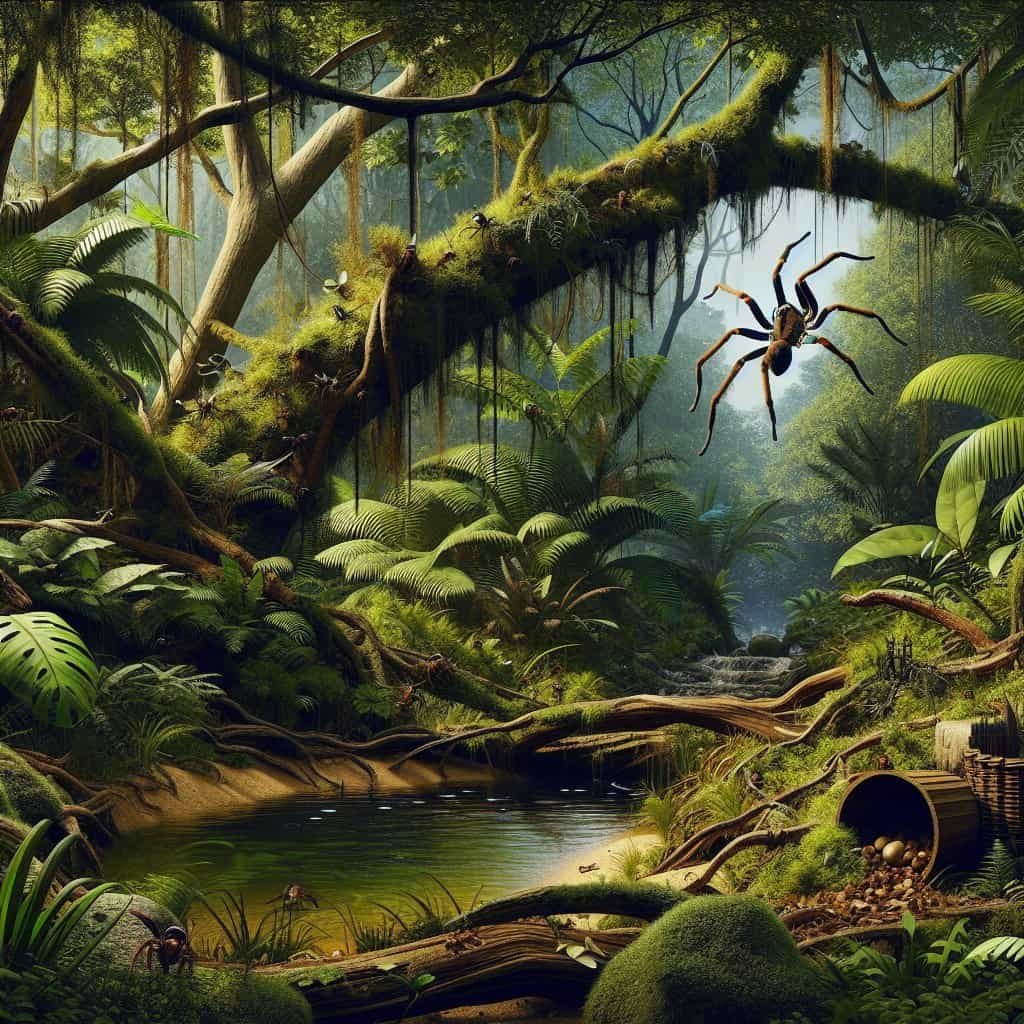
Enrichment and Stimulation
Providing Suitable Climbing Structures
To promote natural behaviors and mental stimulation, provide suitable climbing structures within the Brazilian wandering spider’s enclosure. This can include branches, bark pieces, or silk plants that allow the spider to climb and explore. Ensure that these structures are secure and stable to prevent any accidents or injuries. Climbing opportunities can help simulate their natural habitat and provide exercise.
Adding Substrate Depth for Burrowing
Brazilian wandering spiders have a natural instinct to burrow and create retreats. Providing a substrate depth of at least a few inches allows them to engage in this natural behavior. The substrate should be loose enough for easy burrowing yet firm enough to hold its shape. This provides the spider with a sense of security and allows for the expression of their natural instincts.
Offering Prey Hunting Challenges
To provide mental stimulation and simulate natural hunting behaviors, offer prey hunting challenges for the Brazilian wandering spider. Instead of providing prey directly into the enclosure, you can use feeding tools or hide prey in various locations within the enclosure. This encourages the spider to actively search for and capture its prey, satisfying its natural predatory instincts.
Emergency Preparedness
Having Emergency Contacts
When caring for any exotic animal, having emergency contacts on hand is crucial. Research and keep contact information for a qualified exotic veterinarian or poison control center that specializes in arachnids. Also, have the contact information of a nearby reptile or invertebrate specialist who can provide guidance for emergency situations. Being prepared with these contacts can help in case of unexpected health emergencies.
Knowing Venomous Bite First Aid
Brazilian wandering spiders have venomous bites, and knowing the appropriate first aid measures is essential. Familiarize yourself with the necessary actions to take in case of a bite, such as immobilizing and keeping the bite area below the heart. Seek immediate medical attention for professional treatment. Educate yourself on the specific symptoms and signs associated with their venom and keep relevant antivenom information accessible if available.
Emergency Escape Plan
In the event of an accidental escape by the Brazilian wandering spider, having an emergency escape plan is crucial. Develop a plan that includes securing all potential escape points, such as sealing doors and windows, blocking any small openings, and using barriers or traps to capture the spider safely. Additionally, inform all household members and visitors about the situation and the necessary precautions to prevent accidental encounters.
Creating a suitable environment for the Brazilian wandering spider in captivity requires careful attention to various factors. From selecting the right size enclosure to maintaining optimal temperature levels and providing a suitable diet, each aspect plays a vital role in their overall well-being. Considering their natural habitat, behavioral needs, and safety measures ensures a fulfilling life for these fascinating arachnids. Remember, always prioritize their health and safety and seek professional advice when needed. With proper care and attention, you can create an enriching and safe environment for your Brazilian wandering spider.
